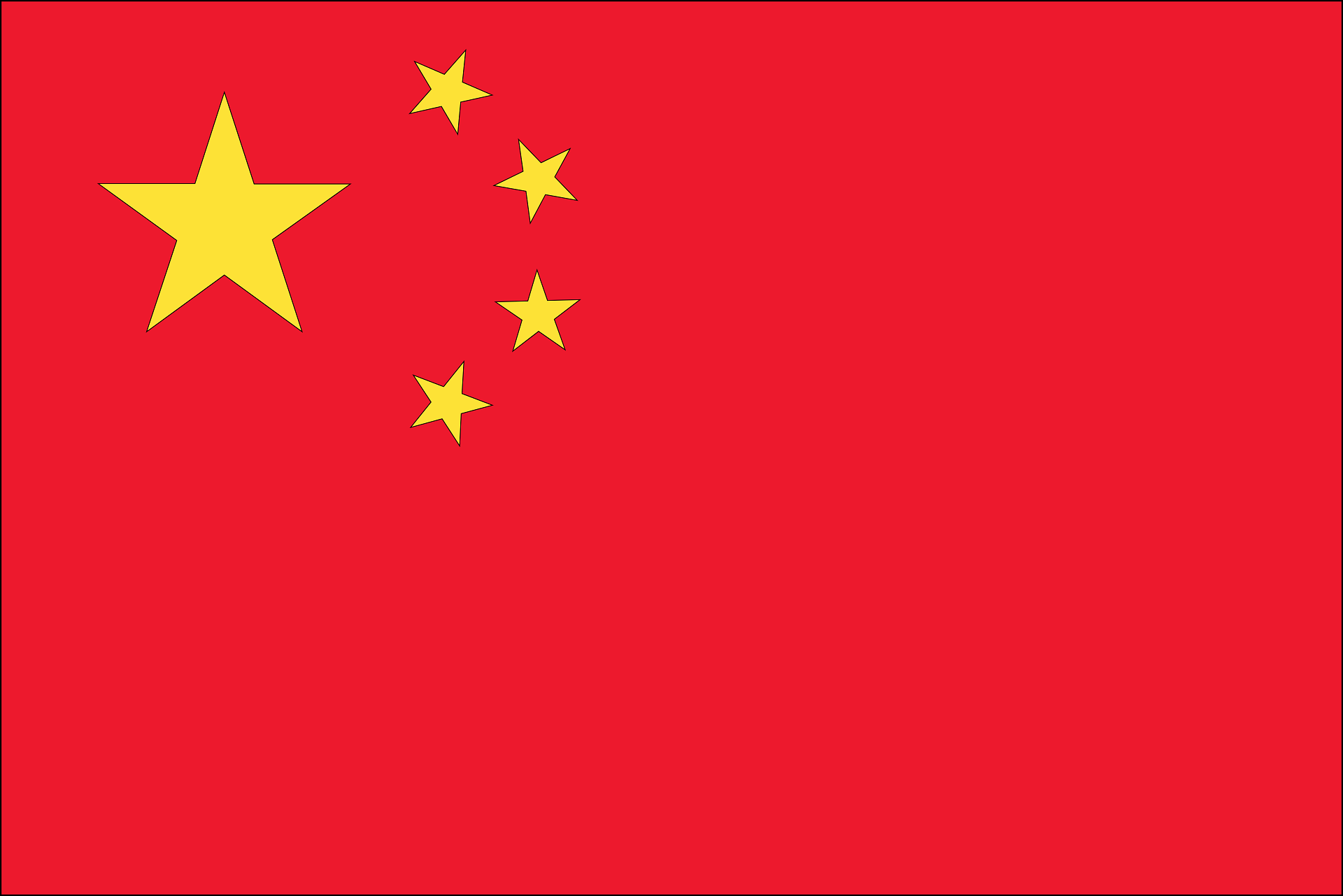
In recent times, the global gold market has witnessed a sharp turnaround. After a period of decline, gold prices are once again soaring—this time driven by intensifying military tensions between Israel and Iran. Amid this global uncertainty, China has silently yet strategically positioned gold as its key financial weapon, signaling a massive shift in its economic playbook.
With rising inflation, growing geopolitical tensions, and an ongoing trade war with the United States, China is making a conscious shift away from the U.S. dollar. Instead, it is investing heavily in gold and promoting its own currency, the yuan. Experts believe that gold is no longer just a traditional asset or a symbol of weddings and festivities; it is transforming into the economic armor of the next century.
China’s central authorities are openly urging citizens to invest in gold. According to Alok Jain, founder of Weekend Investing, the Chinese government is clearly aware of gold’s bright future. By encouraging its citizens to buy and hold physical gold, China is not only safeguarding personal wealth but also building a decentralized national gold reserve. In contrast, India’s high taxes and strict regulations have limited citizens' ability to take full advantage of gold investments.
In March 2025, China’s top insurance regulatory body—the China Banking and Insurance Regulatory Commission (CBIRC)—issued a groundbreaking directive. All insurance companies in China are now required to invest at least 1% of their assets in physical gold. This move is expected to direct nearly 4.5 trillion yuan (approximately $620 billion) into gold markets, clearly underlining the government’s commitment to gold as a strategic asset.
The People’s Bank of China has been actively encouraging citizens to purchase gold since early 2024. The result has been a 34% surge in gold consumption in China last year. Citizens are increasingly viewing gold as a reliable store of value and an essential part of their financial safety net, especially amid volatile global markets.
Back in 2000, China officially held only 395 tons of gold. But over the years, it has quietly built a massive reserve. While official data puts China’s gold reserves in the 2,000-ton range, some experts estimate that China actually holds over 5,000 tons—much of it acquired through discreet channels. This hidden accumulation is believed to be part of China’s long-term economic strategy to insulate itself from Western financial systems.
India, despite holding over 25,000 tons of gold, largely in the form of household jewelry, lacks a national gold policy. There are also limited facilities and incentives for gold-backed loans or investment mechanisms. Without a structured approach, India is missing the opportunity to use its vast gold holdings for national economic security, unlike China, which is integrating gold into its financial system.
As global demand rises and geopolitical tensions escalate, gold prices have shot up. Currently, global gold is trading around $2,350 per ounce, and some analysts predict it could touch $3,400 if conflicts and inflationary pressures persist. In contrast, other metals are losing ground—silver is down 9.9%, copper has dropped 1.4% globally, and in the U.S., copper has declined by 2.3% due to demand concerns and tariff-related fears.
In May 2025, the People’s Bank of China added 60 tons of gold to its reserves—marking the seventh consecutive month of buying. This consistent accumulation underscores how swiftly and seriously China is working toward its goal of building a gold-backed financial future.
China’s economic game is clear: reduce dependency on the U.S. dollar, protect its economy from external shocks, and establish the yuan-gold axis as a global financial force. If this strategy succeeds, it could redefine global currency dynamics, investment patterns, and even the way central banks across the world manage their reserves.
Disclaimer:
This article is for informational purposes only. It does not constitute financial advice or recommendations. Readers should consult with financial professionals before making investment decisions.




